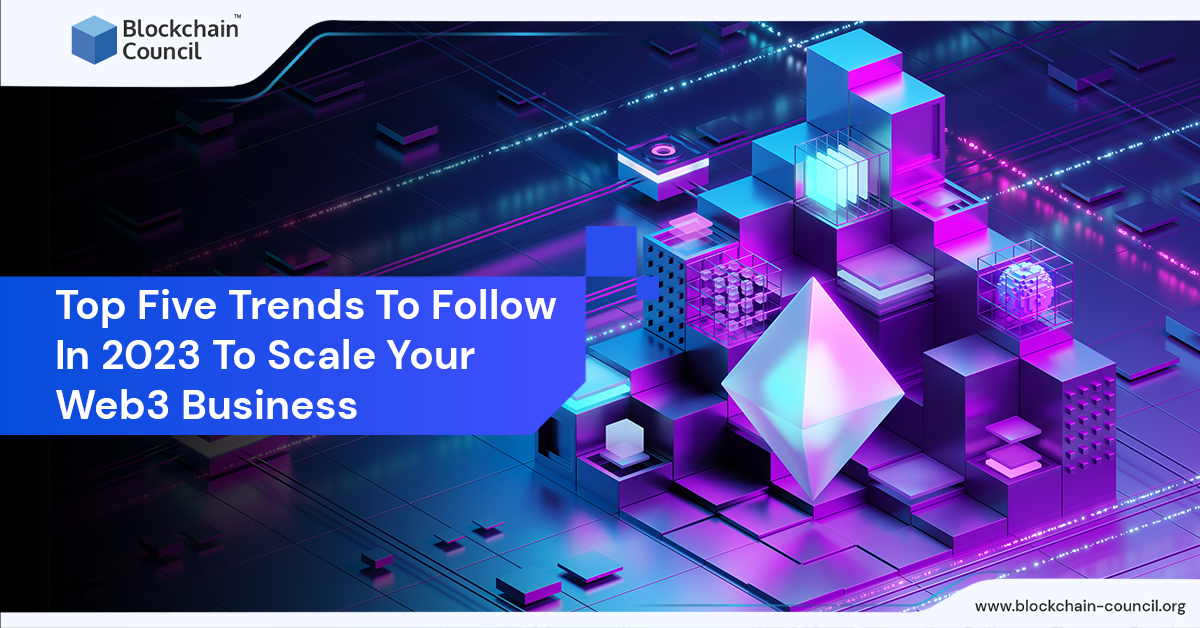
- Pradeep Aswal
- September 17, 2024
Introduction
Web3, also known as the decentralized web, is an umbrella term that refers to a set of technologies and protocols that aim to give users more control over their online data and interactions. These technologies, such as Blockchain and peer-to-peer networks, are driving the next generation of the internet and are already starting to have a major impact on many industries. In this article, we will explore the top 5 Web3 trends that will go mainstream in the next year and discuss how they will shape the future of the internet. Are you ready to see what the future holds for Web3?
Let’s dive in!
BaaS
“Brands as a Service” (BaaS) is a concept that refers to the idea of brands offering their products and services as a subscription-based model rather than a one-time purchase. This approach allows consumers to continuously access a brand’s offerings rather than purchasing them individually. Web3 technologies, such as Blockchain and decentralized applications (dApps), are starting to integrate BaaS models to provide additional benefits and capabilities. For example, Blockchain can securely store and track customer data and facilitate payments and subscriptions. This can help brands build more transparent and trustworthy relationships with their customers and streamline their operations. Decentralized applications (dApps) can also be integrated into BaaS models to provide additional functionality and services.
For example, a clothing brand that operates as a BaaS model could offer its customers a monthly subscription that includes a certain number of items of clothing that they can choose from, as well as access to a dApp that allows them to customize their clothing or receive styling recommendations.
Integrating Web3 technologies into BaaS models can provide customers with a more personalized and seamless experience and increase brand transparency and trust. It also allows brands to offer their customers a wider range of services and capabilities, which helps differentiate them in a crowded market and build loyalty.
Flux
Flux is a decentralized protocol for creating and trading synthetic assets, which are digital assets derived from real-world assets or indices. It is built on top of the Ethereum Blockchain and is designed to allow users to create and trade synthetic assets that represent the value of any asset, such as commodities, stocks, or real estate.
The goal of Flux is to make it easier for users to access and trade a wide range of assets, even if they need more funds or resources to purchase the underlying assets directly. This can be especially useful for users in countries where access to certain assets may be restricted or with high entry barriers.
One of the key features of Flux is its use of smart contracts, which are self-executing blockchain-based digital contracts with specific agreement terms between both (two or more) parties written in the development code with being overlooked and protected by distributed ledger technology (DLT). Smart contracts can facilitate the creation and trading of synthetic assets in a transparent and trustless manner, as they can automatically enforce the terms of the agreement and ensure that all parties are held accountable.
Flux is an example of how Web3 technologies, such as Blockchain and smart contracts, can create new financial products and services that can potentially increase market access and liquidity.
The Semantic Web
The Semantic Web is a vision for the future of the internet that aims to make it easier for machines to understand and interpret the meaning of the data published online. It is based on adding extra layers of meaning, or semantics, to the data on the web, which machines and humans can understand. This can enable the creation of more intelligent and interactive web applications that can understand and process the meaning of the data they are accessing.
The Semantic Web is closely related to the concept of Web3, the next generation of the internet built on top of decentralized technologies, such as Blockchain and peer-to-peer networks. Web3 technologies can create more decentralized and interoperable systems that facilitate the exchange of data and value between different applications and platforms.
In 2023, the Semantic Web is projected to have a successful flight due to several factors. Firstly, the increasing adoption of Web3 technologies is expected to drive the development of more intelligent and interactive web applications that can take advantage of the extra layers of meaning provided by the Semantic Web.
Secondly, the growing demand for data interoperability and integration is expected to drive the adoption of the Semantic Web to facilitate data exchange between different systems and platforms.
Finally, the increasing importance of data privacy and control is expected to drive the adoption of the Semantic Web to ensure that data is used transparently and ethically.
Digital Assets
Digital assets like NFTs represent ownership of a specific item or content. They are stored on a Blockchain, which allows them to be easily verified and authenticated. They are becoming increasingly popular in representing ownership of a wide range of digital and physical assets, such as art, collectibles, and even real estate.
In 2023, digital assets like NFTs are expected to power global adoption with Web3 due to several factors. The increasing adoption of Web3 technologies, such as Blockchain and decentralized applications (dApps), is expected to drive the development of more innovative and interactive NFT-based platforms and applications.
The growing interest in alternative investment opportunities is expected to drive demand for NFTs to gain exposure to unique and rare assets. This could include limited edition art, one-of-a-kind collectibles, and virtual real estate.
The increasing importance of data privacy and control is expected to drive the adoption of NFTs to ensure that ownership and control of digital assets are transparent and secure. NFTs have the potential to revolutionize the way that we think about ownership and value. They are expected to play a key role in driving the global adoption of Web3 technologies in 2023.
Low Code/No Code Software Development
Low-code software development involves using visual programming environments and pre-built software components to build and deploy software applications with minimal coding required. This approach is designed to make it easier and faster for businesses and organizations to build and deploy custom software solutions. It is becoming increasingly popular as a way to develop and iterate on software projects rapidly.
In 2023, low-code software development is expected to grow with Web3 due to the increasing adoption of Web3 technologies, such as blockchain and decentralized applications (dApps), which are expected to drive the development of more user-friendly and intuitive low-code platforms and tools. The growing demand for customized and flexible software solutions is also expected to drive the adoption of low-code development to quickly and easily build and deploy custom applications. Additionally, the increasing importance of data privacy and control is expected to drive the adoption of low-code development to ensure that custom software solutions are secure and transparent.
Summing up, low-code software development is expected to play a key role in driving the adoption of Web3 technologies in 2023, as it makes it easier and faster for businesses and organizations to build and deploy custom software solutions that take advantage of these technologies.
Summary
In conclusion, the technologies discussed in this article, including BaaS, NFTs, low code software development, the Semantic Web, and Flux, are all expected to play a significant role in driving the adoption of Web3 technologies in 2023. These technologies can revolutionize how we think about ownership, value, data interoperability, and financial services. And with the rise of Web3, the demand of Web3 professionals including Blockchain developers is increasing too.
As of December 2022, there are over 23,000 monthly active Blockchain developers in the USA. This number is expected to reach 1 million by 2030. And these professionals will play a crucial role in shaping Web3 technologies.
They are expected to impact a wide range of industries majorly. As such, individuals and organizations need to start considering how they can upskill in these technologies to be prepared for the opportunities and challenges they will present. Whether you are looking to build a career in Web3 or want to stay ahead of the curve, investing in your knowledge and understanding of these technologies is a smart move that can help you stay competitive in the rapidly changing digital landscape.































































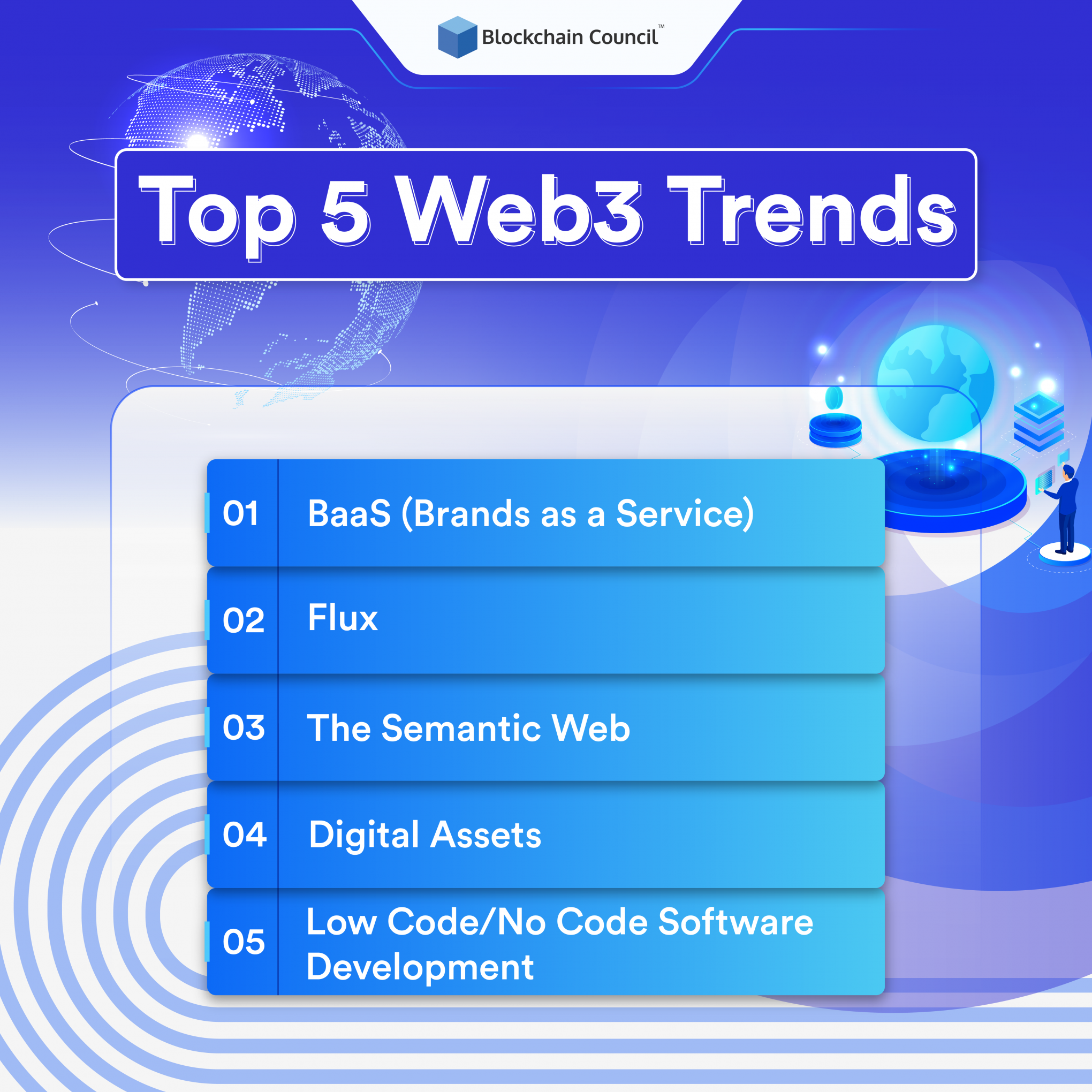
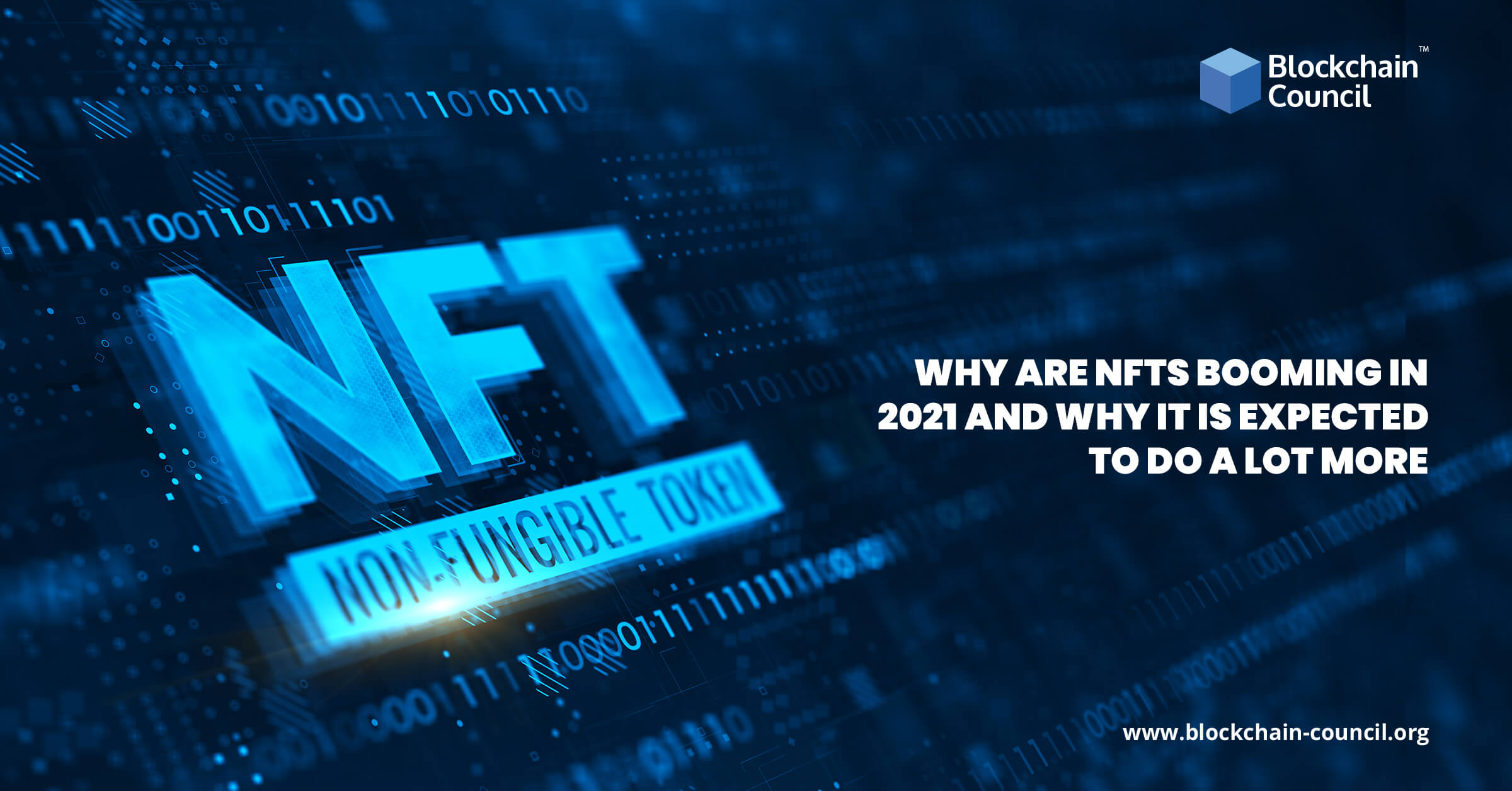
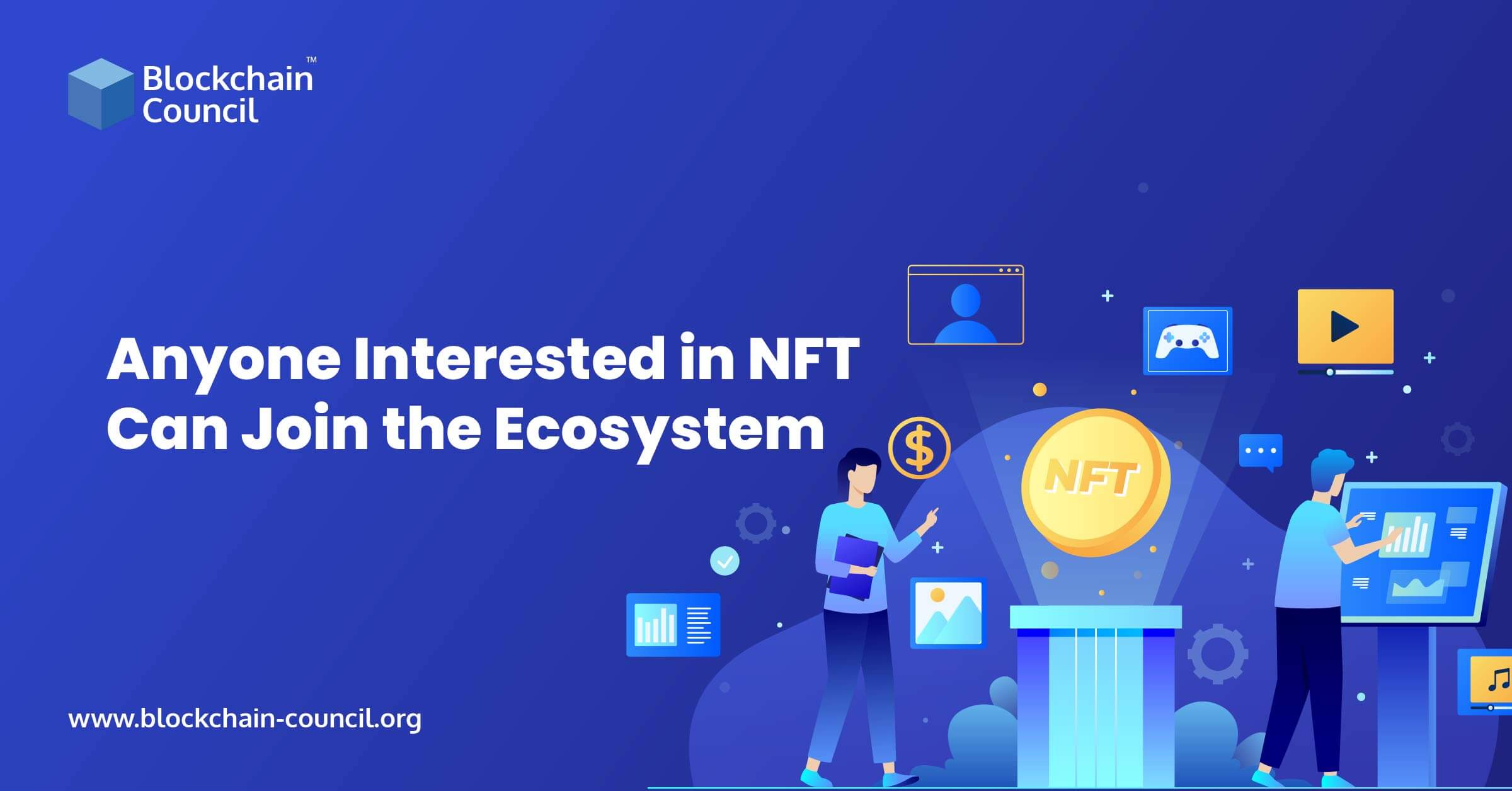
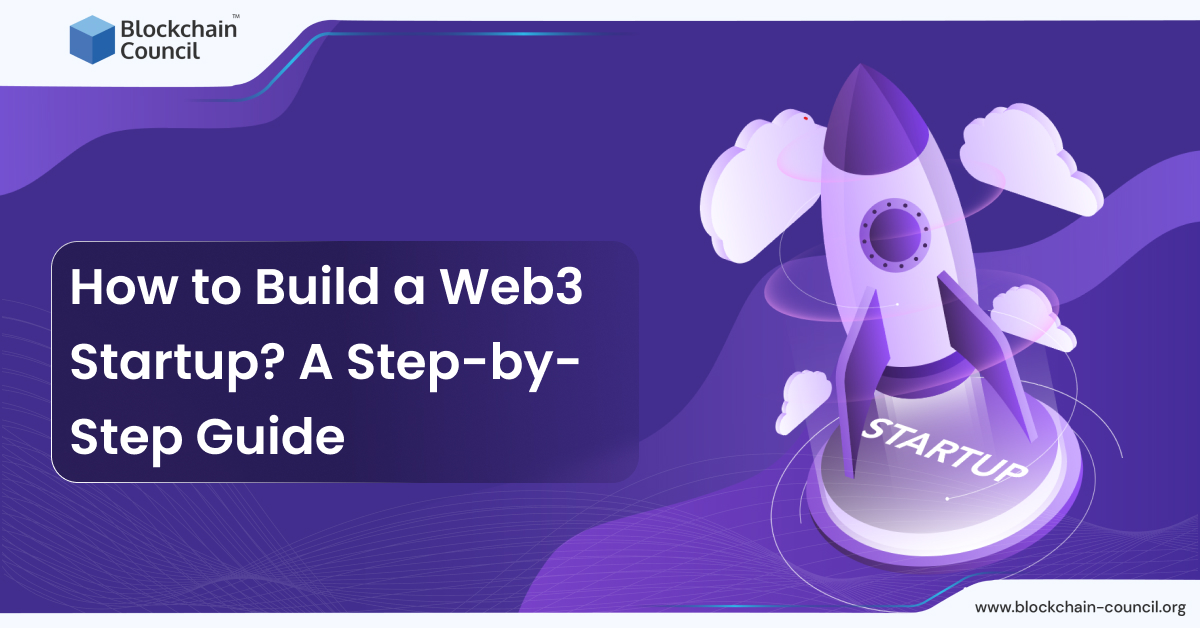
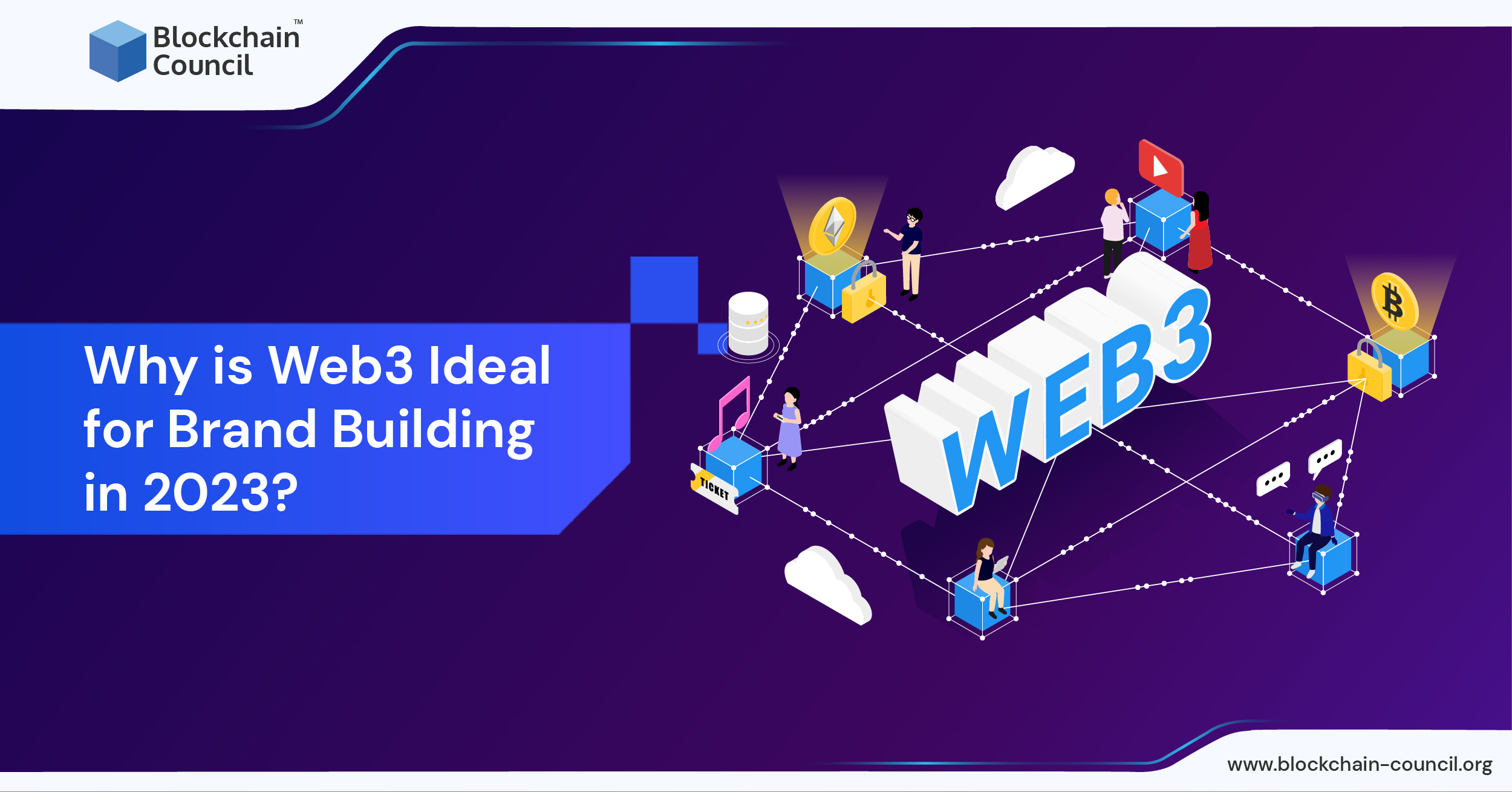
 Guides
Guides News
News Blockchain
Blockchain Cryptocurrency
& Digital Assets
Cryptocurrency
& Digital Assets Web3
Web3 Metaverse & NFTs
Metaverse & NFTs
